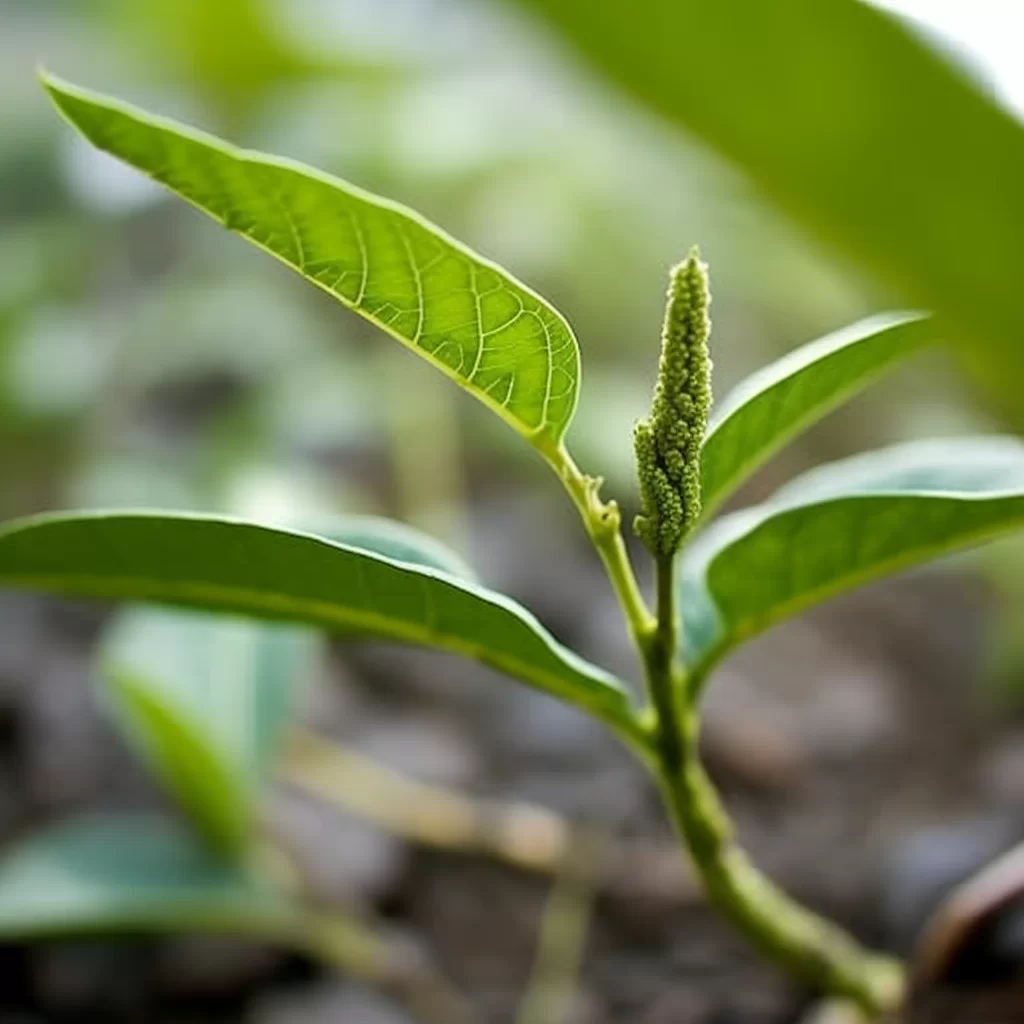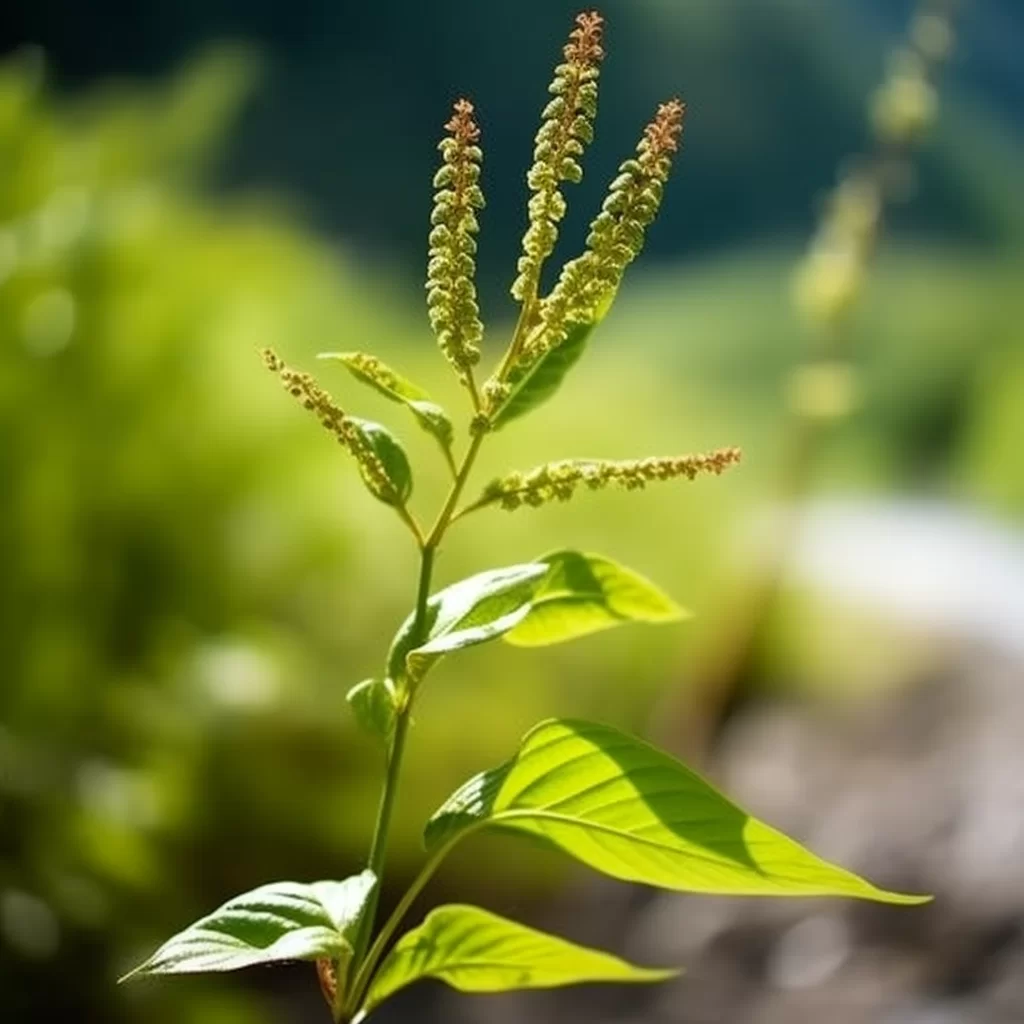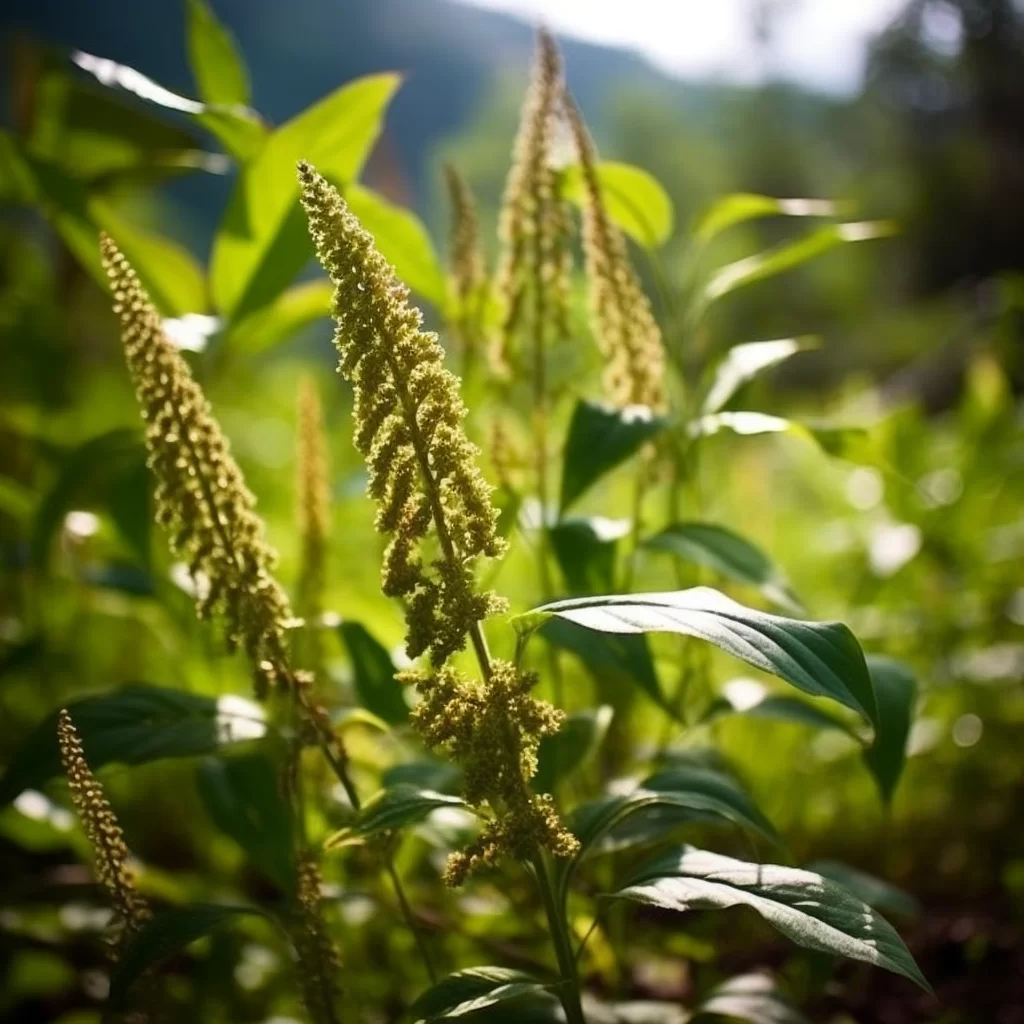Story of Day :
Contents
The Devilish Knotweed Plant: A Complete Guide and Care Tips
As a garden blogger, I’ve come across many plants that can be tricky to handle.
But nothing compares to the knotweed plant – the devil’s own weed.
This bamboo-like plant is notorious for its invasive growth habit and ability to damage structures.
It’s so persistent that it has been labeled one of the world’s top 100 invasive species by the International Union for Conservation of Nature (IUCN).
So, if you’re dealing with this pesky plant in your garden, read on for a complete guide on how to identify, control and manage knotweed.
What is Knotweed Plant?
Knotweed (Fallopia japonica) is a large herbaceous perennial shrub native in eastern Asia but has now spread globally due to human introduction.
It typically grows up to three meters tall with long hollow stalks that resemble bamboo canes, green lanceolate leaves that are around 15 cm long arranged alternately along stems.
The most distinctive feature of knotweed is its flowers – small clusters of creamy white or greenish pink blooms emerging from swollen nodes in late summer or early autumn.

- Identification Tips:
- The stem looks like bamboo but has purple speckles
- Heart-shaped leaves
- Tall-growing up to 3 meters tall
- Creamy white or greenish flowers arranged in clusters
Why Is Knotweed Considered a Problem?
Knotweeds are really aggressive plants and have become notorious as one of the most destructive weeds globally due to their rapid spread; they outcompete native flora while damaging infrastructure like buildings by growing through cracks on structures causing them some significant harm.
Knotweed is also extremely hardy – they can survive tough conditions like drought, flooding, and winter temperatures as low as -35°C.
Once established, knotweed is incredibly challenging to control or eradicate.
The plant has an extensive underground rhizome root system that can grow up to 7 meters deep and enable it to sprout new shoots even after the top growth has been removed.

Care Tips for Managing Knotweed
If you have knotweed in your garden, don’t panic.
You can manage it effectively by following these care tips:
- Identify the Plant Accurately: Be sure you know exactly what you’re dealing with before deciding on a course of action.
If in doubt seek out expert advice from a qualified professional.
- Create Barriers: To stop the spread of knotweed through its underground roots systems dig trenches around the perimeter of your garden at least two meters deep and fill them with impermeable material such as tarpaulin or concrete slabs
- Mechanical Control: Cut down mature plants during late summer or early autumn when flowers are present using a pair of shears then dispose of all waste foliage offsite at an authorized landfill site.
- Treat Stumps With Herbicide: After cutting down any mature plants treat freshly cut stumps with systemic herbicides containing glyphosate immediately within ten minutes before regrowth occurs to prevent further damage when used according to manufacturer’s instructions.
- Frequent Monitoring and Repeat Treatment: Knotweeds thrive on neglect so keep monitoring your garden regularly for any signs of re-growth from residual rhizomes so that any emerging shoots are treated promptly using herbicides as necessary ensuring constant care until eradication
Final Thoughts:

Dealing with knotweed can be frustrating, but it’s not impossible.
The key is to catch it early and take swift action before it has a chance to spread.
By following the care tips outlined above, you can effectively manage knotweed in your garden and prevent its damage to structures and surrounding flora.
If you’re still feeling overwhelmed by the prospect of dealing with this weed, don’t hesitate to seek advice from a professional who will give you tailored guidance on how best to tackle knotweed in your particular circumstance.
Good luck!